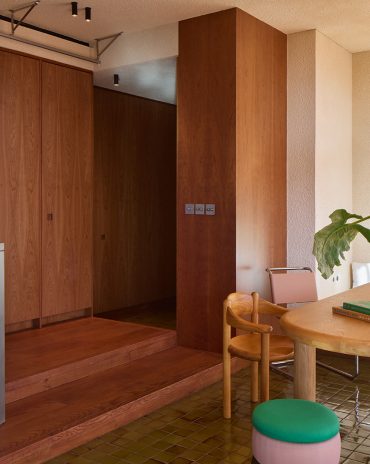Copyright © 2025 Motivate Media Group. All rights reserved.
Kiki Goti’s ‘Neo-Vanity’ collection merges traditional hand-painted motifs and rough sanded aluminium
The collection was showcased during Alcova Design Week in Milan

For Kiki Goti, a Greek architect, designer and founder of design studio SomePeople, the dressing room is a space for rituals and transformation. While it is often cited as a private area (and a luxury of sorts) reserved mostly for women to celebrate beauty, autonomy and eroticism, Goti’s ‘Neo-Vanity’ collection aims to offer another perspective through a series of objects which together express exuberance and a ‘neo-futuristic’ environment for all who enjoy the process of ‘getting ready’ as much as the main event itself.

To be showcased for the first time at Alcova Milano during Milan Design Week, the collection investigates a new, playful design language that balances utility with femininity, and comprises a pendant light, side table, two sconces and a standing vanity. “The ‘Neo-Vanity’ collection is about bold self-expression via ornamentation, culture and heritage,” Goti explains. “I am re-imagining a dressing room as a transitional space where we reinvent and transform ourselves by embracing our past experiences, namely where we come from, [while] simultaneously looking toward new ways of portraying ourselves.
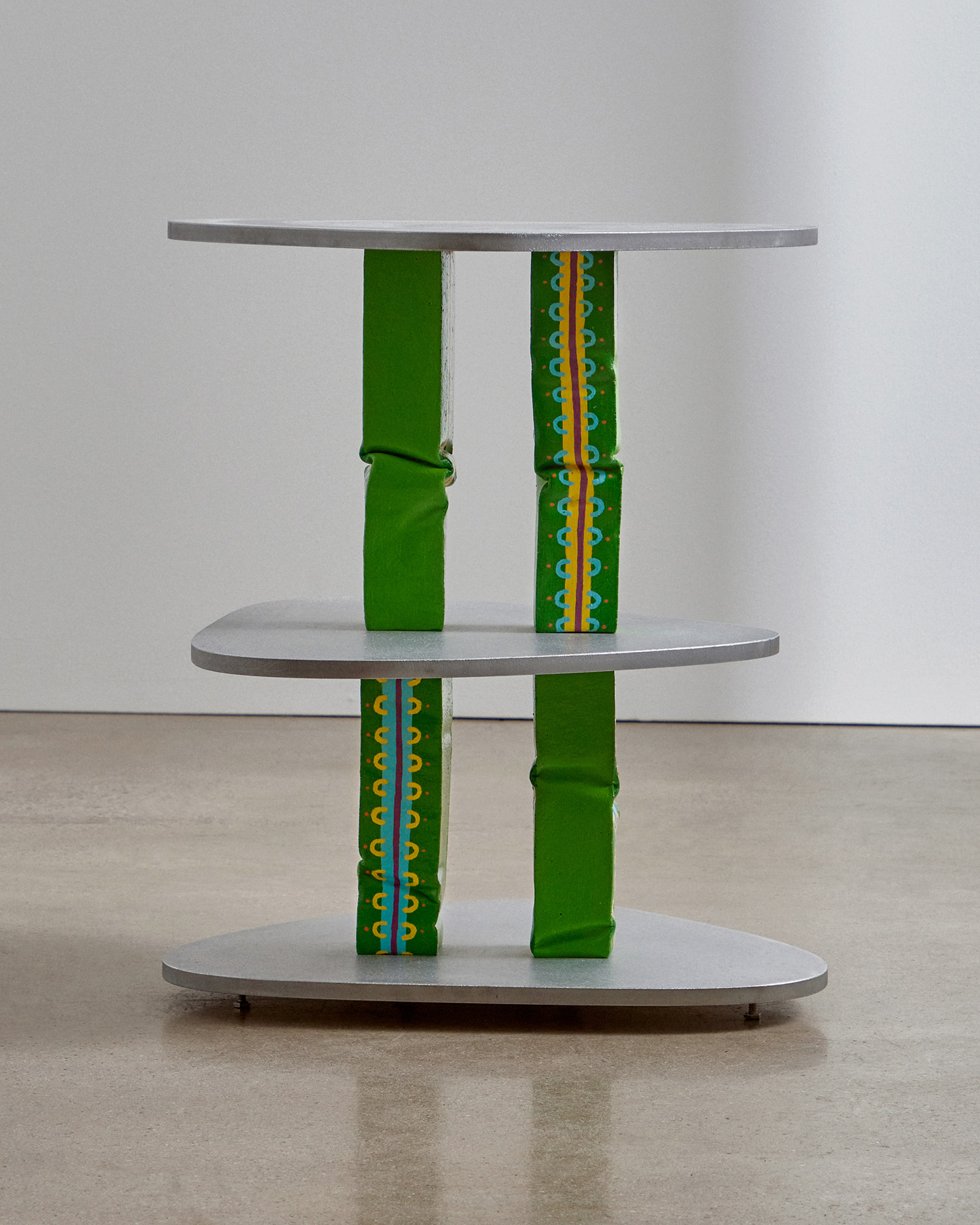
“This thought process within itself is represented through the contrasting materials. They emphasise the merging of future and past that happens during personal transformation,” she adds.
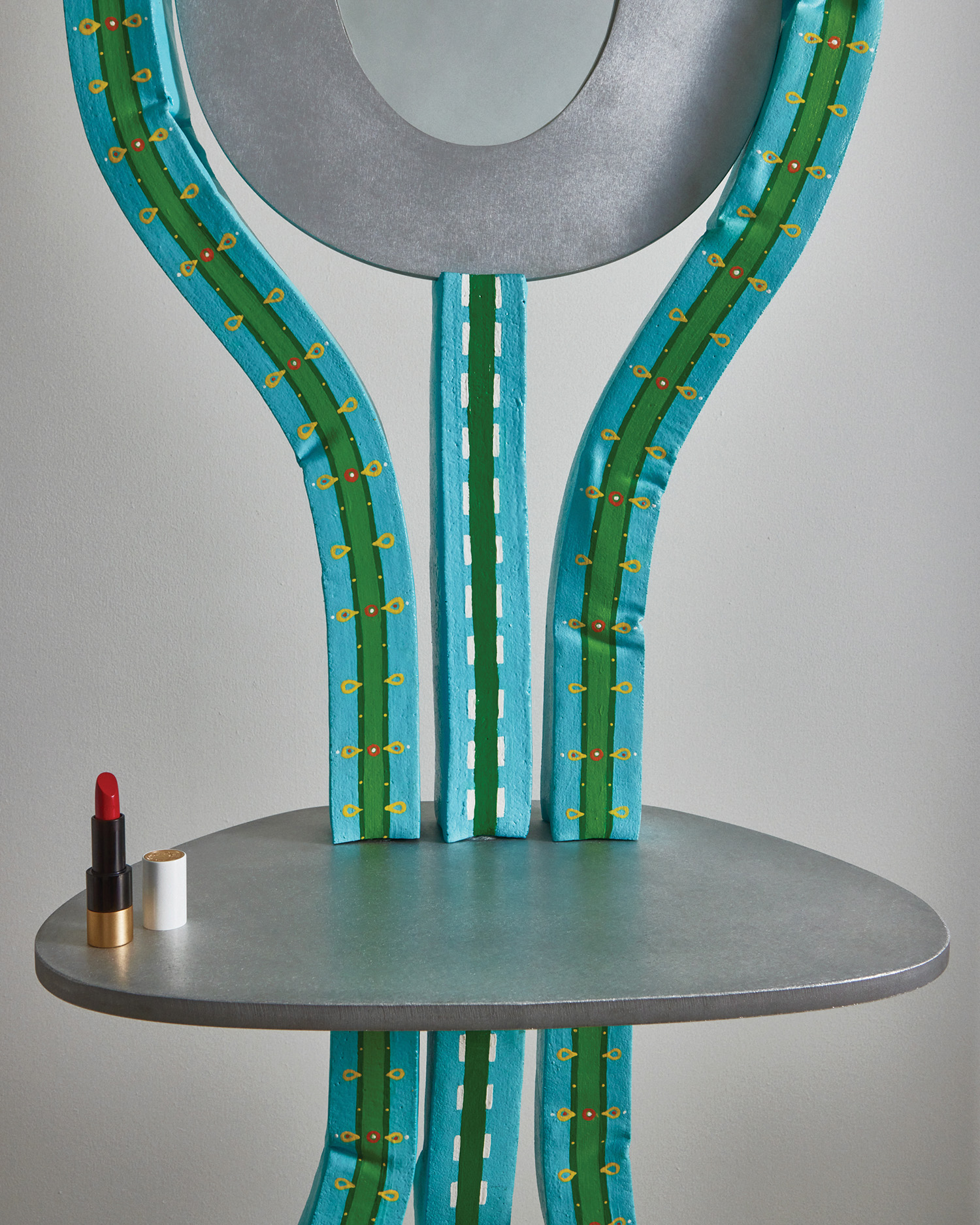
Fabricated in New York – where Goti is based – the aluminium forms were crafted by metal worker Mark Malecki, while the designer’s signature hand-painted foam pieces were used to dress the material. Inspired by the way identity can be expressed though traditional costumes, the hand-painted patterns reference Balkan motifs, derived from folkloric textiles, as a celebration of Goti’s Greek heritage.
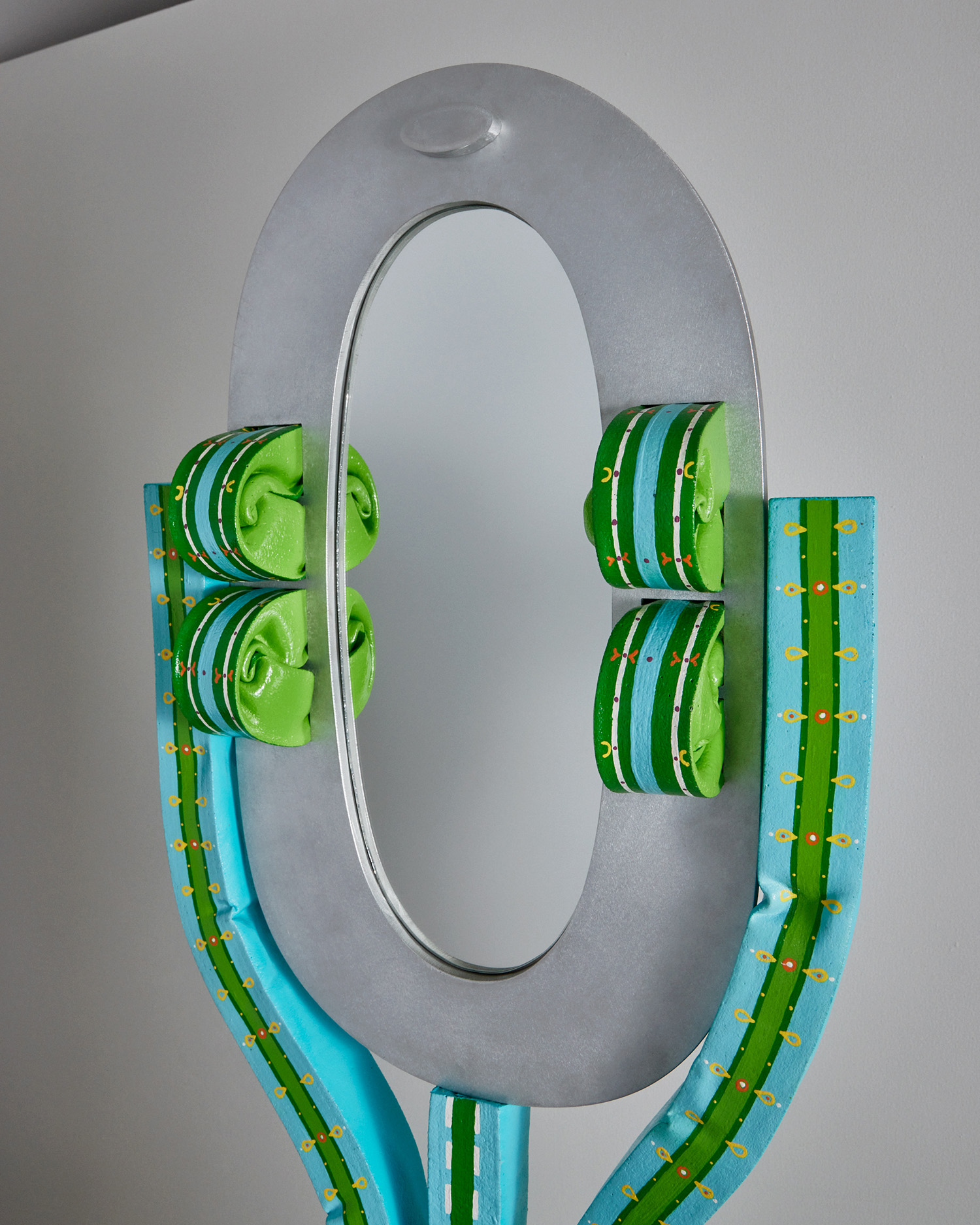
“The colours and patterns of this collection refer to the traditional textile techniques of the Balkan region, such as stitching, weaving and lacing,” says Goti. “The details on each piece reveal how ornamentation, embellishment and beautification can act as a tool for personal and communal empowerment. Although ornaments have been heavily criticised as redundant, unnecessary and distracting, they traditionally manifest deep cultural bonds and individual expressions.”

The craft process is also central to Goti’s work, she says: “Craft is essential. It’s how I arrive at the finished work. My process is very intuitive. It’s not about a mastery of craft or perfection; it’s more about the unexpected findings and material experimentation.
“My design process is more bottom-up than top-down. I don’t come up with a concept or a design and then fabricate it. I spend a lot of time testing and experimenting with materials in my studio. The ideas and the designs emerge thereafter.”
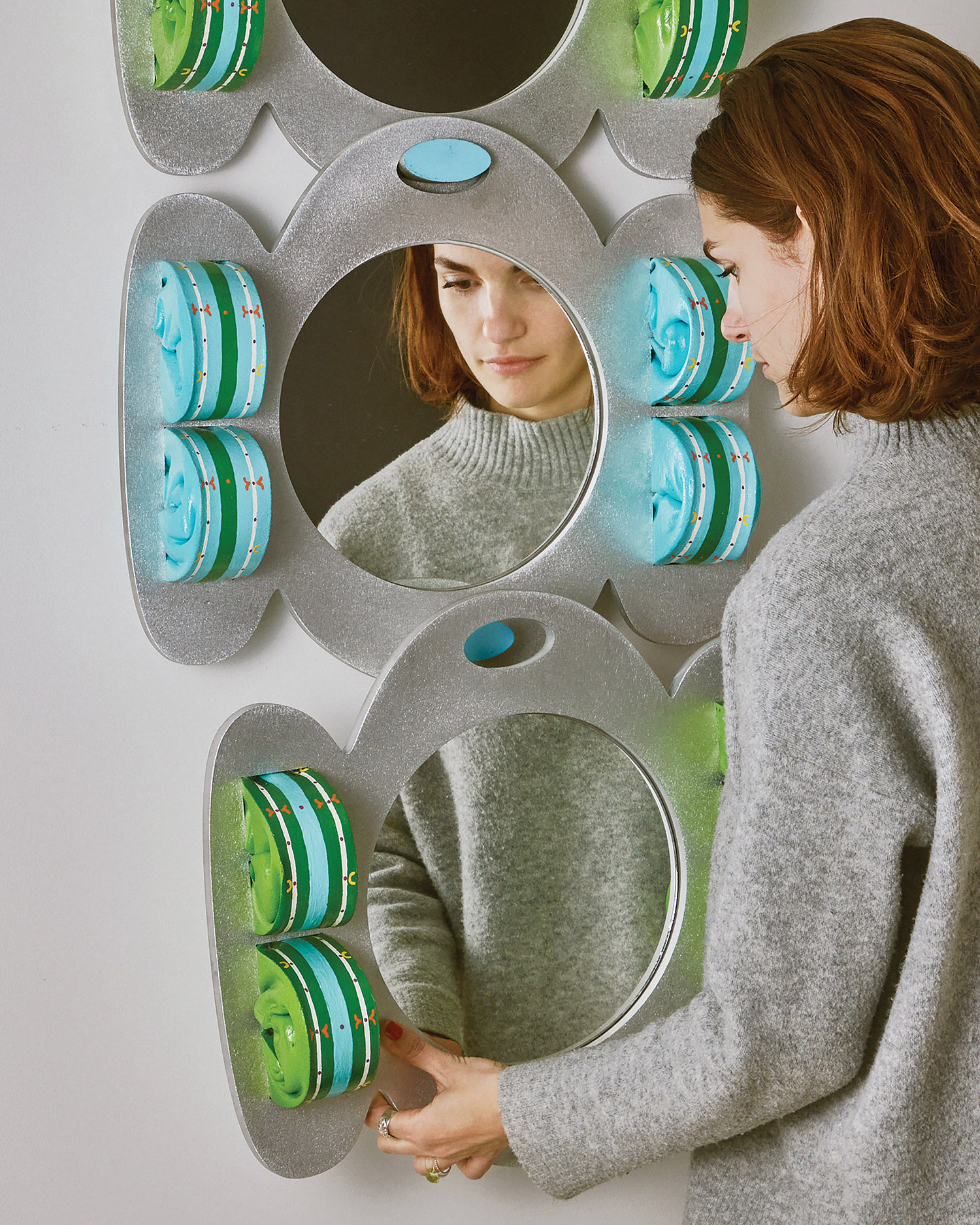
Describing her work as ‘neo-folklore’ and ‘pop vernacular’, Goti says her aim is for the collection to eventually become customisable. “Dressing rooms are very personal,” she describes. “I would want the painted motifs on foam to personally speak to each user.”
Photography by Chelsie Craig
The Latest
Contrasting Textures
Located in Al Barari and designed by BONE Studio, this home provides both openness and intimacy through the unique use of materials
Stillness, Form and Function
Yasmin Farahmandy of Y Design Interior has designed a home for a creative from the film industry
From Private to Public
How ELE Interior is reshaping hospitality and commercial spaces around the world – while staying unmistakably itself
New Episode: In Design With: Ahmed Bukhash
Watch the latest episode on In Design With.
Highlights of the Biennale Architettura 2025
We shine a light on the pavilions from the Arab world at the Venice Architecture Biennale, on display until Sunday 23 November 2025
Read ‘Bold Design’ – Note from the editor – July/August 2025
Read identity magazine's July/August 2025 edition on ISSUU or grab your copy at the newsstands.
Things to Covet in June 2025
Elevate your spaces with a pop of colour through these unique pieces
Designing Spaces with Purpose and Passion
We interview Andrea Savage from A Life By Design – Living & Branding on creating aesthetically beautiful and deeply functional spaces
Craft and Finesse
EMKAY delivers a bold and intricate fit-out by transforming a 1,800 sqm space into SUSHISAMBA Abu Dhabi, a vibrant multi-level dining experience
An Impressive Entrance
The Synua Wall System by Oikos offers modularity and style
Drifting into Summer
Perennials unveils the Sun Kissed collection for 2025





